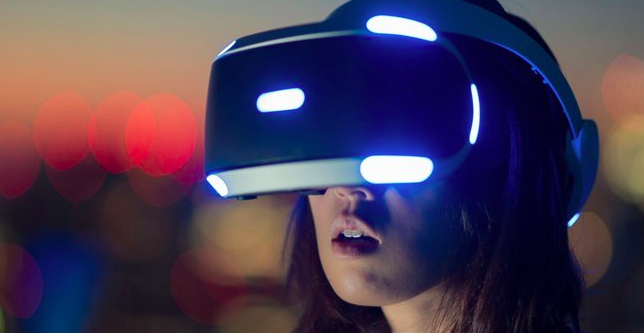VR Technology is Helping The Aging Process and Advancing Healthcare
Everybody and everything ages. As technology matures, the possibilities for its applications are expanding, and businesses and consumers are making better use of it. Cutting-edge long-term care facilities are already using virtual reality to enhance the experience of senior living, and in recent years, health care researchers have turned their attention toward using the latest technologies to improve care and treatment outcomes among the aging population.
There are currently VR programs for seniors that are engineered to elicit memories, provide entertainment and promote socialization. These are high-demand services, as more children are finding it difficult – if not impossible – to provide full-time care for their aging parents and relatives.
It’s a common misbelief that today’s seniors do not understand technology. However, more than half of the senior population uses the Internet and social media daily to interact with friends and family members. As time goes on, senior citizens’ expectations regarding entertainment, medical treatment, conveniences and technology are shifting. In fact, some seniors have found that virtual reality (VR) is an empowering resource for improving their quality of life.
Approximately 48 million seniors reside in the United States. More than half of this population owns a computer, and 80-percent of the group uses a smartphone. Most technologies aren’t designed specifically to cater to the aging population. However, technology has the potential to help seniors manage illnesses and lead healthier lives. New technologies can even help the aging population live safely and independently.
Better Senior Care Through New Technology and Innovative Practices
Researchers are conducting studies that combine advances in cutting-edge fields and technologies such as artificial intelligence, big data systems, bio-feedback mechanisms, deep learning, enhanced computing, medical sensors and virtual reality. Technology is making it easier for practitioners to deliver integrated care in the treatment environment.
Research and development is an ongoing initiative for health care companies, and they’re are starting the recognize the value in catering to the rapidly expanding senior demographic. Simultaneously, providers are developing innovative and effective treatment practices, such as integrative care, to promote better health outcomes among the population, an important concept for facilitating collaboration between providers who practice varying specialties.
Mobile health applications are making it easier for care providers to deliver services outside of medical offices. Presently, many consumers use mobile apps to share health information with care providers and browse preventative care information. As for, VR, it’s still in its early stages, especially on the consumer-facing side of the health care field. However, there’s progress in using it to do much more toward improving the senior population’s health outcomes.
Healing with Virtual Reality
For more than two decades, physicians have successfully used virtual reality to treat patients and military personnel afflicted with post-traumatic stress disorder (PTSD), burn pain and phobias. To date, VR has proved exceptionally effective in treating patients who are diagnosed with phobias and other cognitive conditions. Physicians are also making progress in treating conditions among the senior population such as Alzheimer’s disease, anxiety and depression and have also succeeded in using the technology for stroke rehabilitation.
Up until now, most virtual reality research and development has involved treatments that are delivered in a controlled clinical environment. Like many other health care innovations, VR devices and programs designed for medical treatment will undergo intense testing and scrutiny before lawmakers permit physicians to freely treat patients using the technology.
The implementation of VR as a solution for treatment comes during a period in medical history when the field is shifting its focus toward patient-centered and personalized health care. Meanwhile, there are already many virtual reality programs that seniors can use for stress relief, meditation and relaxation.
Virtual Reality: Looking Ahead
Since the beginning of time, mankind has used visual cues to remember things. Virtual reality as a medical resource is in its earliest stages, and it will be some time before the technology is a common and familiar resource in health care settings. Eventually, however, virtual reality programs will learn more about users with every interaction and provide consumers with personalized experiences.
Over time, things change and evolve, and powerful new VR technologies are just the beginning of amazing changes in the health care field. Virtual reality empowers seniors to expand their world, and the technology can make aging more pleasant and enjoyable. The technology can help seniors overcome hardships and maintain their health. In fact, virtual reality – in league with a host of other technologies – just might change the way the people think about aging.

